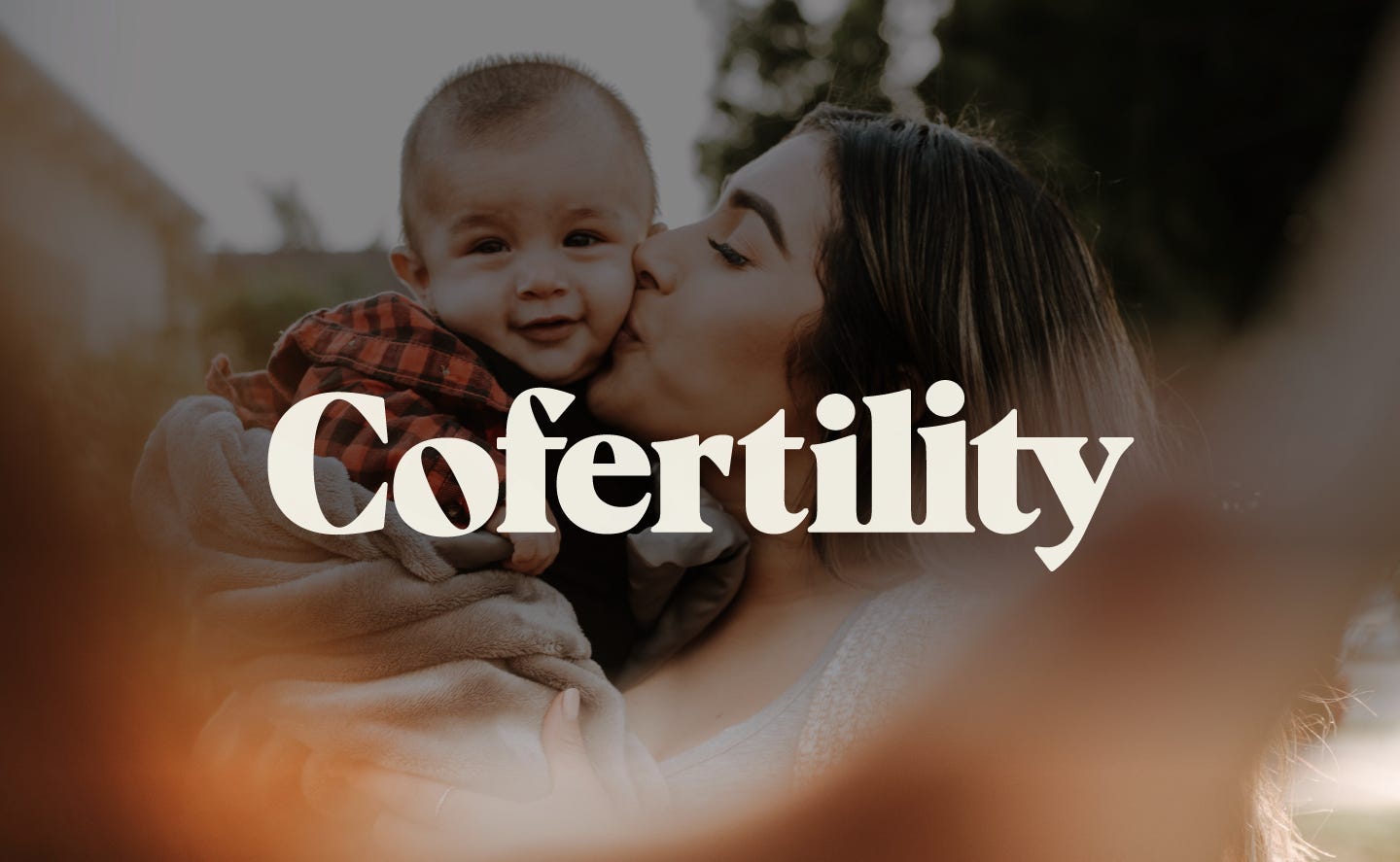Investing in Cofertility: A Category Creator Within Family Planning
Building families, pioneering change.
Demand for assisted reproduction services is accelerating, driven by delayed family planning, the rising number of single people, and a growing number of same-sex male couples pursuing fatherhood. Between 2000 and 2010, U.S. IVF cycles using donor eggs nearly doubled from 10,801 to 18,482, reaching 28,592 by 2022. That year, donor oocytes—fresh or frozen—comprised approximately 12% of all ART cycles.1
As demand surges, the U.S. donor egg market remains a highly commercialized industry, shaped by several intersecting factors: (1) inconsistent (and insufficient) regulations surrounding gamete donation and surrogacy throughout the country position the U.S. as a primary location for fertility treatments; (2) rising student and consumer debt expand the pool of financially motivated donors; and (3) uncapped egg donor compensation enhances commercial competition for both donors and recipients.2 Together, these factors drive the growing market for assisted reproduction, where consumer preferences for certain ethnicities and traits determine egg donor compensation rates. Simultaneously, they create a cycle in which financially strained young women repeatedly serve as donors, raising ethical and sustainability concerns about the donor pool.
As a consequence of these long-standing structural flaws and misaligned incentives, Intended Parents (IPs) encounter significant hurdles in egg donor procurement. Limited access to highly educated, diverse donors, prolonged matching timelines, and a lack of transparency create friction in an already complex journey—challenges that can extend beyond birth and into long-term family planning.
A New Model for Fertility Access
When an incumbent model is rigid and structurally flawed, meaningful change often requires a complete paradigm shift rather than marginal improvements. Cofertility, led by Uber Health founder Lauren Makler and women’s health luminary Halle Tecco, is redefining fertility access with a novel approach.
By integrating an innovative egg-sharing model with egg freezing—one of the fastest-growing fertility services—the company not only addresses critical inefficiencies in the donor egg market but also expands access to fertility preservation. Women can freeze their eggs at no cost when donating a portion to the company’s donor pool, which connects IPs with donors.
Since the ideal time for egg freezing coincides with a life stage when cost ($20K+) is often a limiting factor, this model eliminates a major financial barrier to fertility preservation. In doing so, Cofertility provides greater reproductive autonomy while also attracting a diverse, ambitious donor base, including graduate students and career-driven women postponing family building. Notably, 55% of Cofertility donors have a graduate degree or higher and over 50% identify as women of color.
In summary, Cofertility’s unique approach drives the following outcomes:
Broadens access for women seeking fertility preservation given the high cost of egg freezing
Generates a positive second-order effect for IPs: access to a diverse, ambitious donor base
Empowers egg-freezing donors, knowing that they helped to facilitate family building for IPs via a standardized compensation model (i.e., egg freezing vs. cash)
This goes beyond optimization—it’s a smarter, more transparent, and scalable approach to improving access to reproductive health.
Illustrative Workflow (Incumbent)
Illustrative Workflow (Cofertility)
Partnering With Cofertility
We are thrilled to join forces with Lauren, Halle, and the Cofertility team on this journey. In just two years, they have transformed egg sharing from a niche concept into a recognized category they pioneered—one that is reshaping the donor egg landscape.
Cofertility’s traction speaks for itself. With a growing network of 100+ fertility clinic partners, the company has worked with tens of thousands of intended parents and donor members. The company’s match activity continues to reflect strong resonance in the space, bringing hopeful members one step closer to the families they’ve dreamed of.
As we continue our mission to invest in companies advancing Whole Person Health, Cofertility stands out as a category creator, reshaping access, transparency, and quality in a historically opaque industry—all while driving accretive volume for clinic partners and networks. Since the inception of egg donation in the U.S., commercially-driven models have notoriously mistreated donors, exploiting them to maximize profits. We’re proud to see Cofertility leveraging historical learnings, endemic marketplace knowledge, and innovative technology to abstract away legacy complexity and offer a consumer-directed approach to family-building that prioritizes donors’ mental, physical, and medical well-being above all else.
We are joined by Offline Ventures, Initialized Capital, Arkitekt Ventures, Foreground Capital, Gratitude Railroad, How Women Invest, Gaingels and Everywhere VC who share our passion to establish a new standard for fertility care.
Every month we write a piece encompassing themes within our whole-person health investment thesis. If you would like to receive it directly in your inbox, subscribe now.
https://www.cdc.gov/art/php/national-summary/index.html
Tober, D.M. (2024). Eggonomics: The Global Market in Human Eggs and the Donors Who Supply Them (1st ed.). Routledge.





As a reproductive endocrinologist, I like this model.